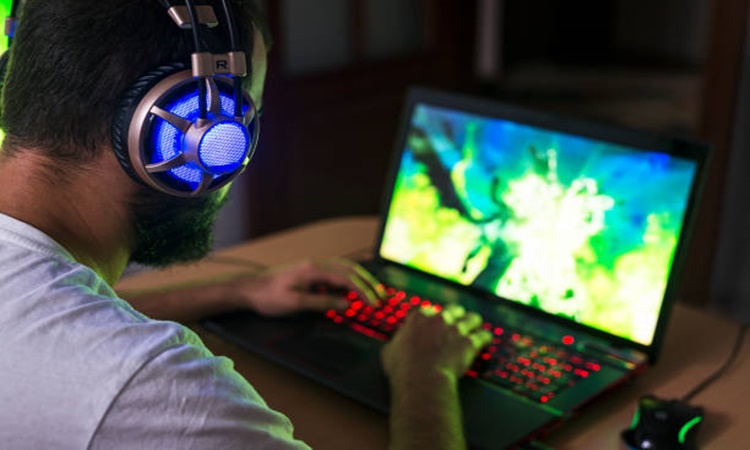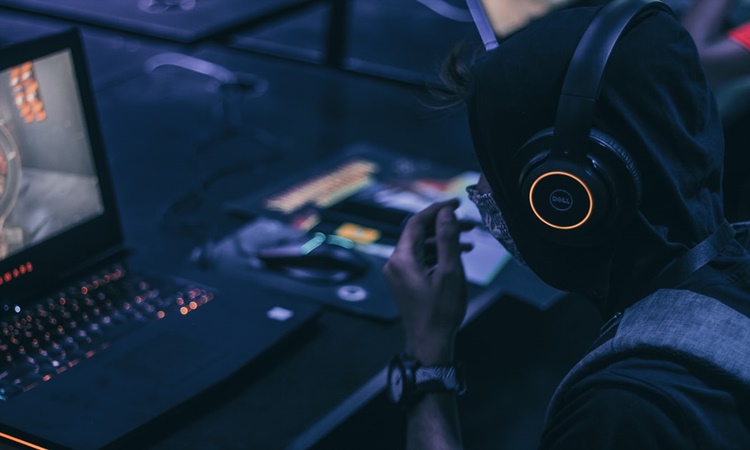Gaming Laptop: 5 Things You Should Never Do W/ Your Laptop
Gaming Laptop: 5 Things You Should Never Do W/ Your Laptop
GAMING LAPTOP – Avoid these five (5) critical mistakes for optimal performance and longevity of your laptop.
After selecting the optimal gaming laptop, the next crucial step is ensuring proper maintenance to keep it in peak condition. This involves routine tasks such as installing Windows updates and updating GPU drivers. However, beyond these basics, it’s essential to avoid certain critical mistakes that could hinder the smooth functioning of your gaming laptop.
Firstly, treat your gaming laptop with the utmost care to prevent it from getting dirty. While it may seem like common sense, avoiding exposure to dog hair, dust, and accidental food spills is vital. Maintaining cleanliness is not just for aesthetic purposes; it is a fundamental step in prolonging the lifespan of your machine. Effective thermal management is a recurring theme in these tips, especially in high-performance gaming laptops of 2023. Accumulated dust on fans can impede efficient cooling, resulting in decreased component performance.

Additionally, it’s advisable not to keep your gaming laptop constantly in its highest performance mode. While this mode boosts GPU and CPU power, along with fan speed, it comes at the cost of reduced battery life and increased noise. Most gaming laptops offer different performance modes, so it’s wise to adjust settings based on your current activities. When engaging in light tasks like internet browsing, switching to balanced or silent modes can conserve battery life and maintain a quieter environment.
Your gaming laptop is equipped with dual GPUs. One is a discrete GPU employed for gaming, while the other is an integrated GPU embedded within your processor. Although the integrated GPU may lack substantial power, it serves as a practical choice for conserving battery life during non-gaming activities.
Both AMD and Nvidia offer solutions that amalgamate the use of both GPUs — Optimus for Nvidia and Hybrid graphics for AMD. The concept is to optimize performance and battery life by utilizing both GPUs, but this is seldom the case in reality. In most scenarios, there is a trade-off in gaming performance, even when connected to a power source with no battery life concerns.
The remedy involves manually switching to only the discrete GPU while gaming, a task achievable through the Nvidia Control Panel or Radeon Software. While some games may not exhibit a significant performance boost, others could experience improvements of 10% or more by eliminating the integrated GPU bottleneck.
Fortunately, this issue is diminishing with modern laptops. Nvidia’s Advanced Optimus, for instance, can automatically switch to the discrete GPU, delivering the promised optimal performance and battery life. Additionally, MUX switches are increasingly common in gaming laptops, completely bypassing integrated graphics (albeit at the expense of battery life). However, ensure that your laptop supports these features; otherwise, manual GPU swapping may be necessary.

Gaming laptops typically don’t excel in terms of battery life, so it’s advisable to have your charger within reach. Engaging in gaming sessions on battery power is not recommended, as it not only leads to diminished performance but also negatively impacts the overall lifespan of your gaming laptop.
Even when operating in the highest performance mode, most gaming laptops struggle to derive the necessary power solely from the battery during demanding gaming scenarios. Opting to play games without the charger connected means sacrificing a significant portion of your laptop’s potential performance, not to mention potential issues with battery longevity.
Furthermore, this practice can take a toll on your battery. Unlike in the past when leaving laptops plugged in indefinitely was discouraged, modern laptops are designed to stop charging once the battery reaches full capacity. This direct power supply to the machine without cycling the battery makes extended charging less of a concern today. Contrary to common belief, allowing your battery to completely drain and then fully recharge it can actually cause more harm over time.
It’s important to note that these considerations apply only when your laptop is in use. If you anticipate leaving your gaming laptop inactive for an extended period, it’s recommended to discharge the battery to approximately half capacity before shutting down the machine. Additionally, avoid keeping it plugged in during this idle period.
While it’s technically possible to overclock the GPU in your gaming laptop and some modern Intel CPUs, it’s generally not advisable due to thermal considerations. Many gaming laptops can reach thermal limits even at stock settings, as evidenced by the existence and continued updates of tools like ThrottleStop. Pushing your components beyond their default settings may not yield performance benefits and could potentially shorten their lifespan, particularly if they are already operating near their thermal limits.
However, there are exceptions and nuances to this advice. Some larger laptops, such as the MSI GT77 Titan, are better equipped to handle the additional heat generated by overclocking, allowing for some flexibility. Certain laptops, like the Asus ROG Zephyrus M16, even come with built-in options in their bundled software to overclock the GPU, and using such features is generally safe and recommended.
While there are a few laptops that can handle minor overclocking, the majority are not designed for it. It’s wise to stick to the recommended parameters for your laptop, as most gaming laptop brands already optimize their devices to their limits, sometimes to the point of throttling.
